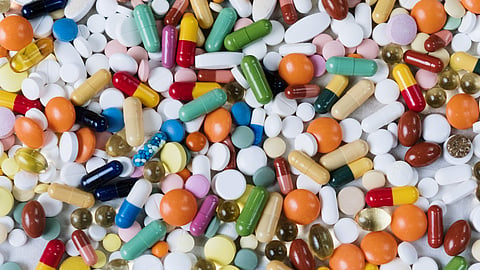A year of obesity drug hype: What was missed – Lisa Jarvis
In a year marked by the transformative potential of obesity medications like Novo Nordisk's Ozempic and Wegovy, and Eli Lilly's Zepbound, the discourse surrounding these drugs has been trapped in polarising narratives. Are they a cure-all or an overpriced Band-Aid? As these revolutionary drugs reshape our bodies and health habits, the extremes hinder an honest dialogue. Amidst debates on societal impact and pharmaceutical industry motivations, a crucial question looms: Who should benefit from these drugs, and how do we navigate their usage without deepening health inequities or straining healthcare systems? As we embrace the groundbreaking possibilities, a nuanced conversation awaits in the coming year.
Sign up for your early morning brew of the BizNews Insider to keep you up to speed with the content that matters. The newsletter will land in your inbox at 5:30am weekdays. Register here.
What Got Lost in a Year of Hype About Obesity Drugs: Lisa Jarvis
By Lisa Jarvis
This year, the incredible potential of obesity medicines like Novo Nordisk's Ozempic and Wegovy and Eli Lilly's Zepbound started to come into view. The drugs work so well for so many that it's starting to look like they could change the literal and metaphorical shape of society — starting with our waistlines and extending to our overall health and our habits around food and alcohol.
___STEADY_PAYWALL___

